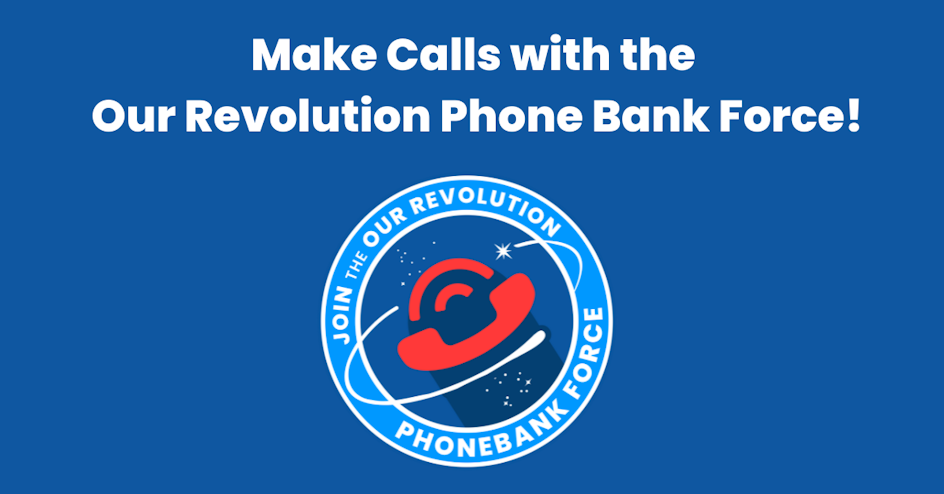THE WALL STREET JOURNAL
Occupy Shocker: A Realistic, Actionable Idea From the West Coast.
By David Weidner
Updated Dec. 1, 2011 12:07 a.m. ET
SAN FRANCISCO—In some ways, the Bay Area’s Occupy movement is a cheap imitation of the Wall Street version.
Camps are more like parties. There’s hip-hop music blasting. The smell of pot smoke is noticeable, and on school days the Berkeley camp thins as students choose classes or sleeping in over conflict.
For all the faults, though, protesters in the Bay Area, especially Occupy San Francisco, have something their East Coast neighbors don’t: a realistic plan aimed at the heart of banks. The idea could be expanded nationwide to send a message to a compromised Washington and the financial industry.
It’s called a municipal bank. Simply put, it would transfer the City of San Francisco’s bank accounts—about $2 billion now spread between such banks as Bank of America Corp. , UnionBanCal Corp. and Wells Fargo & Co. —into a public bank. That bank would use small local banks to lend to the community.
Backers of the plan aren’t using a reckless approach. They’re proposing a three- to five-year transition period and the relocation of just $500 million initially. It would be chartered as a credit union, member-owned and insured.
To keep everyone honest, small banks that get money from the credit union would be required to participate in what are called partnership loans, putting their capital next to taxpayer money, in an effort to get their skin in the game.
The end result: “low-interest, long-term loans for projects located in San Francisco,” according to a proposal made by the San Francisco Community Congress, a group linked with the area’s Occupy protests.
So far, the proposed Credit Union of San Francisco has gained traction among a few of the city’s politicians, including John Avalos, a city supervisor who recently finished third in the city’s mayoral race to Ed Lee.
Mr. Avalos began thinking about municipal banks about three years ago, after speaking with Karl Beitel, a researcher with the local teachers’ union. Mr. Avalos didn’t pick up the idea again until earlier this year, but he asked a city legislative analyst to study it. A report was issued in August.
A few weeks later, as the city’s mayoral race went down to the wire, Mr. Avalos was deep into his campaign, working 12 hours a day when he was asked to give a speech to a group downtown.
“I didn’t know there was even an ‘Occupy’ protest going on,” he recalls. “That’s how out of touch I was.”
Mr. Avalos talked to more than 1,000 protesters outside the Bank of America building about municipal banking. He got big cheers and probably a few votes. He lost to Mr. Lee based on absentee votes.
Municipal banks aren’t a new idea. They’ve just stayed off the radar as big, private banks have consolidated, grown and pressured state and local governments to keep banking jobs in the community. San Francisco activists pushed for a similar bank as far back as 1975.
But the financial crisis and the vocal opposition to the industry have thrust the idea of public banking back into the debate. Proponents argue that big banks often abandon markets because they deem them as unprofitable or risky. In effect, they say, San Francisco’s capital is used to finance developments in Florida or even Finland when the city’s deposits are held by global financial institutions.
In contrast, municipal banks would keep profits and investment in the community.
Proponents also point to the Bank of North Dakota, a state bank founded more than 90 years ago by farmers upset with Eastern banking practices. The bank, with $4 billion in assets, is run by the state, earning taxpayers more than $61 million last year. In 2008, North Dakota’s bank reported a profit of $57 million, while Bank of America had a $1.2 billion net loss.
Creating a municipal bank won’t be easy. California law forbids using taxpayer money to make private loans. That would have to be changed. Critics also argue that San Francisco could be putting taxpayer money at risk.
“It’s still in the idea phase,” Mr. Avalos concedes.
But in the short term, Mr. Avalos sees opportunities. In February, the city treasurer will begin soliciting new bids for city bank accounts. Mr. Avalos and other officials are requesting that part of the bid include bank promises on community lending, social responsibility and clear policies regarding lending practices to consumers, including foreclosures.
It might not be a gun to the head of banks, but it wouldn’t have happened without the support of Occupy San Francisco.
“The work I’m doing and Occupy is doing are parallel,” Mr. Avalos says. “If we work together, we’ll have more power to create change.
“There are a lot of public officials not unlike myself who are frustrated. There’s mistrust [on the public’s side] about how to interact with government. It’s an early stage. Everyone wants to see greater accountability, and here are allies in government that can help create it.”
Government officials in New Mexico and Santa Cruz, Calif., recently switched banks based on their local record. But San Francisco’s nascent municipal-bank movement is the boldest institutional stroke yet against banks targeted by the Occupy movement.
“We have an opening now,” Mr. Avalos says. “Social change is happening. Occupy Wall Street is a big part of that bubble, that change. We may see change in how we structure our economic system, and I’m really excited about that.”
Write to David Weidner at david.weidner@dowjones.com
Link to website: http://occupysf.net/index.php/2015/12/09/the-wall-street-journal-on-occupy-san-francisco-from-december-1-2011/
Write to SF Supervisor John Avalos at: john.avalos@sfgov.org





